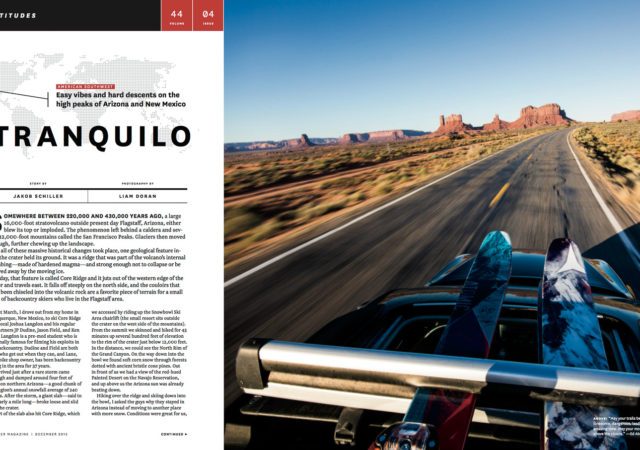Fat Bike Snow Racing with the Sigma 150-600mm Sports lens. Capturing Sports action in snowy conditions with this rugged, weatherproof zoom lens.
Lens Guides
Hands-on reviews, technical information, and advice on SIGMA Art, Sports and Contemporary lenses for DSLRs and mirrorless cameras.
Big Field, Big Lens – Shooting Professional Baseball with the Sigma 150-600mm Sport Lens
As a member of the Sigma Pro Team, it’s always Christmas with new lenses arriving for me to play with. When the Sigma 150-600mm F5-6.3 DG OS HSM | Sports lens showed up at the door like a baby being…
Behind the Shot: Ski’s Eye View of Monument Valley
It’s a bit risky for the world’s top ski magazine to run a shot of skis travelling through the desert as the opener, but I’m glad they did…and it’s great to see a previsualized shot come to life just as you imagined it!
SIGMA 150-600mm DG OS HSM | Contemporary Pairs Performance with Portability
As you probably know by now, there are two 150-600mm F5-6.3 zoom lenses in the SIGMA lens lineup: the 150-600mm F5-6.3 DG DN OS | Sports, and 150-600mm F5-6.3 DG OS HSM | Contemporary. However, at one point there also…
Shot with Sigma: The Last Year’s Living Room Sessions
The Last Year, an alternative rock band out of Baltimore, MD, recently launched the Living Room Sessions on their YouTube channel in advance of their new self-released album, coming soon!
Shooting Outlaws with a Trio of Sigma Lenses
The World of Outlaw Late Model Series came to Weedsport Speedway in Upstate New York on June 23rd. A few weeks earlier I photographed the wedding of one of the series’ top drivers, Tim McCreadie, so this was a perfect…
Sigma Art Lenses for Razor Sharp Detail
Sigma Art lenses are renowned for razor-sharp detail on the focal plane, even at widest apertures.
The Perfect Air Show Lens: Sigma 150-600mm F5-6.3 | Sport
I was about 13 years old when I saw the USAF Thunderbirds air demonstration team for the first time. I knew at that moment that I wanted to be a fighter pilot, but alas, it was not meant to be. My eye sight wasn’t 20/20, which back in the 80’s meant that I was ineligible. Nevertheless, my passion for flight never dwindled and I make it a point to see every air show that I can. At this years Rochester International Air Show, I had the opportunity to photograph the Navy’s Blue Angels with Sigma’s 150-600mm Sport lens. Could this lens possibly be the best lens ever to photograph an air show?
Sigma 24-35mm F2 DG HSM | Art: Hands-On Sneak Peek
The Sigma 24-35mm F2 DG HSM | Art is the world’s first full-frame zoom lens with a constant F2 maximum aperture, and its 1.45x zoom range manages to bridge three of the most popular wide angle fixed focal lengths for lenses: 24mm, 28mm and 35mm. The zoom range is subtle, but the compositional effects are noticeable as the smooth zoom ring shifts the field of view from 24mm through to 35mm.
The SIGMA 10-20mm F3.5 EX DC HSM for Outdoor Action Photography
Editor’s Note: This is an in-depth look at the SIGMA 10-20mm F3.5 EX DC HSM lens — which has since been discontinued — by now SIGMA Ambassador, Liam Doran. For many photographers, their first camera is typically a crop sensor…







